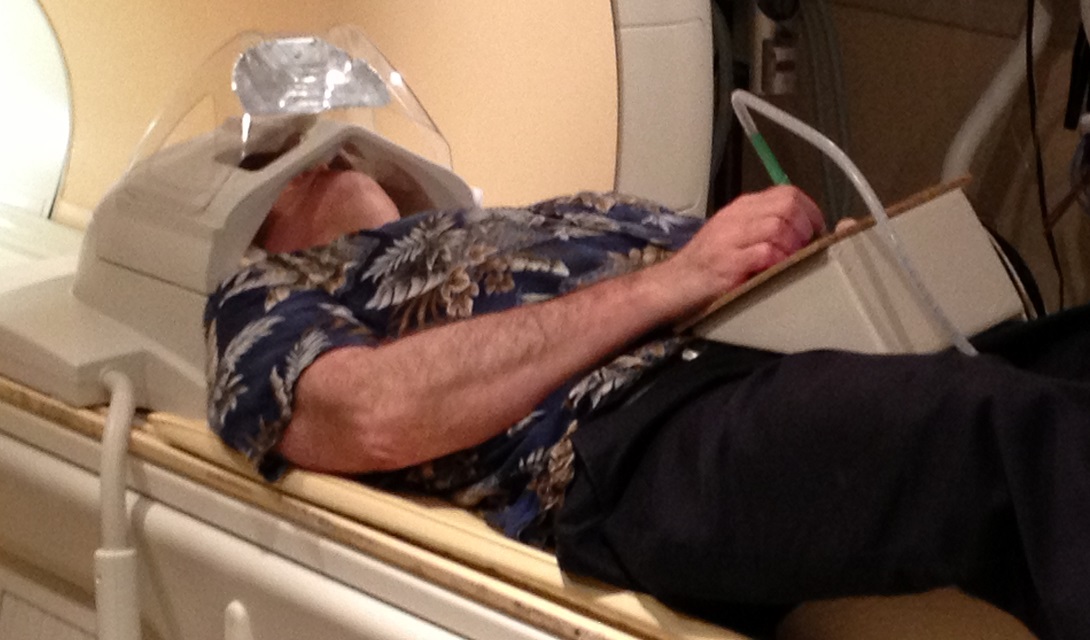Fiber-Optic Pen May Help Scientists Understand Dyslexia

A new fiber-optic pen may help reveal the unique brain patterns in people with writing and reading disabilities, such as dyslexia.
Engineers at the University of Washington created the device by hollowing out a ballpoint pen and sticking two optical fibers through the center. One fiber emits light onto a writing pad that is customized with a continuous color gradient, while the second fiber transmits the light back to a color sensor in a nearby computer. By identifying changes in color as the pen moves across the pad, the computer records the path of the pen in a real-time movie.
"We need an absolute measure of where they are," said Frederick Reitz, an engineer involved in the project. "So we couldn't just use a checkerboard to determine relative motions. We really need to know where on the pad they put the pen down."
The group designed the pen to be used within a brain-scanning fMRI machine, which allows them to track brain patterns as a person writes. Functional magnetic resonance imaging, or fMRI, reveals blood flow, a measure of brain activity. By analyzing the brain scans alongside the computer-generated record of the pen's path, the team hopes to identify regions of the brain associated with specific symptoms of writing disabilities. The pen may also be useful in examining brain patterns of patients with motor-impairing diseases, such as Parkinson's disease or multiple sclerosis.
Other similar devices already exist, including an fMRI-compatible touch-screen tablet, but this new pen is the easiest and cheapest to make, topping out at about $100.
"Any hobbyist could put [the pen] together," Reitz told LiveScience. "The software took a bit to figure out, but it is publicly available now — so that hurdle is hurdled."
The team is working to increase the speed of their fiber-optics, and plans to test an improved model within the next several months.
Sign up for the Live Science daily newsletter now
Get the world’s most fascinating discoveries delivered straight to your inbox.
The research, which was detailed in the April issue of the journal Sensors, was presented at the Organization for Human Brain Mapping's annual meeting in Seattle on June 18. The National Institutes of Health funded the optical-pen project.
Follow Laura Poppick on Twitter. Follow us @livescience, Facebook & Google+. Original article on LiveScience.com.










